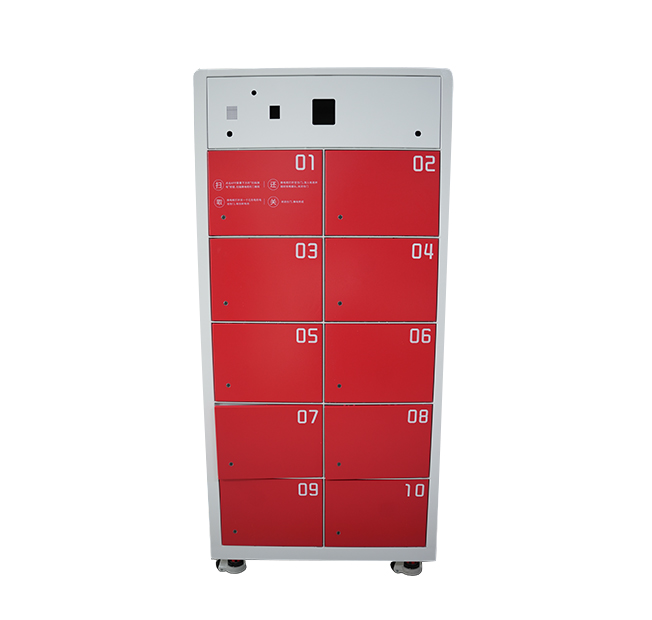Time:2025-07-02 Views:0 source:CNC Machining customization source:CNC Machining news

Stainless steel sheets present several challenges during sheet metal processing due to their unique material properties. One of the primary difficulties is related to their high strength and hardness. Stainless steel, especially types like 304 and 316, has a relatively high yield strength and ultimate tensile strength compared to many other metals used in sheet metal processing. This high strength makes it more difficult to bend, cut, and form the material, requiring more powerful and specialized equipment. For instance, when bending stainless steel sheets, higher bending forces are needed, and there is a greater risk of springback, where the material tends to return to its original shape after the bending force is removed. This necessitates precise control of the bending process parameters and often requires additional post - processing steps to achieve the desired shape.
Work - hardening is another significant issue with stainless steel sheets. During the sheet metal processing operations such as rolling, stamping, or drawing, the material undergoes plastic deformation, which causes the grains within the metal to become distorted and tangled. This results in an increase in hardness and a decrease in ductility, making the material more difficult to work with further. If not properly managed, work - hardening can lead to cracking or tearing of the stainless steel sheets, especially during complex forming operations. To mitigate this problem, intermediate annealing processes may be required to relieve the internal stresses and restore the ductility of the material, but this adds additional time and cost to the manufacturing process.
Cutting stainless steel sheets also poses challenges. Traditional cutting methods like shearing may result in rough edges, burrs, and work - hardening at the cut surface. More advanced cutting techniques such as laser cutting, waterjet cutting, or plasma cutting are often preferred, but these methods require specialized equipment and skilled operators. Moreover, the high thermal conductivity of stainless steel can cause rapid heat dissipation during cutting, which may affect the quality of the cut and increase the risk of heat - affected zone (HAZ) issues, such as changes in the material's microstructure and mechanical properties near the cut edge.
Finally, the surface finish of stainless steel sheets is crucial in many applications, but achieving a high - quality surface finish during sheet metal processing can be difficult. Scratches, dents, and other surface imperfections are more visible on stainless steel due to its reflective nature, and any damage to the surface can also compromise the corrosion resistance of the material. Special care must be taken during handling, processing, and finishing operations to ensure the integrity and aesthetics of the stainless steel components.
Read recommendations:
Sealing ring Precision electronic parts
Housing components for recessed downlights Precision electronic parts
Oval Magnetic Hardware Precision electronic parts
CNC Machining Dimension Accuracy
CNC processing factory - Meeting customers' strict requirements for precision